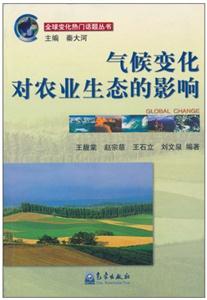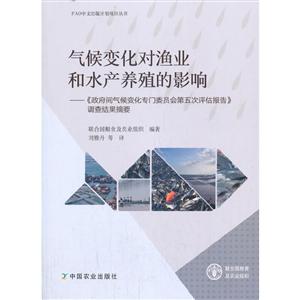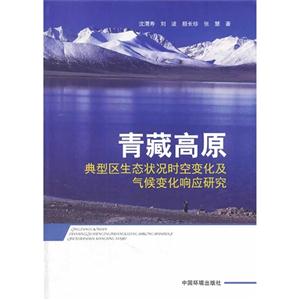
作者:汪水晨
页数:190
出版社:外文出版社
出版日期:2012
ISBN:9787119043333
电子书格式:pdf/epub/txt
内容简介
The protection of the Third Pole of the world – the Qinghai-Tibet Plateau – has become a hot topic worldwide. Lavishly illustrated, this book gives a disturbing account of melting glaciers, grassland desertification and wetland deterioration on the Qinghai-Tibet Plateau, all caused by global warming.
It also describes the measures adopted by Chinese governments at all levels and scientific researchers to protect the environment and the lifestyle of the local Tibetan people, who live in harmony with Nature. Furthermore, the author draws the conclusion that the Qinghai Tibet Plateau has been basically kept in its original state.
The beautiful landscape of the Qinghai-Tibet Plateau is brought to life with 200 pictures and on the-spot investigation notes.
作者简介
Wang Yongchen is a journalist with China National Radio, and head of “Green Home” (a non-governmental environmental protection organization). She has won the ABU (Asia-Pacific Broadcasting Union) prize three times for her radio feature Vanishing Glaciers; she has been granted the titles “Environment Emissary” and “Green China Person of the Year 2007” by the State Environmental Protection Administration, and seven ministries and commissions, respectively, for her outstanding contributions to China’s environmental protection. Known as a writer specializing in environmental protection, Wang has written Green Lens – Past and Present of China’s Ecological Environment, The Code of the South and North Poles – from the Yangtze River Source to the North Po/e, and China’s Green Action, and compiled Journalists’ Investigation Report on the Chinese Environment.
本书特色
in the book if the glaciers of the root of the world ablate (study notes of influence on the tibetan plateau from global climate changes) (english edition), the author from personal perspective records the situation that the global warming has caused the glaciers of tibetan plateau to melt in the form of combination of text and pictures. besides, the author takes down the positively protective measures taken by national government and research institutions, which reflects the locals attention to the ecological changes. in addition, the author also records the tibetan ordinarys life attitudes in protection of the piece of the tallest holy land on earth, which in fact interprets the profound theme for harmonious relation between human and nature















